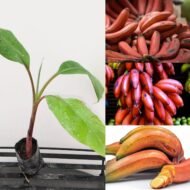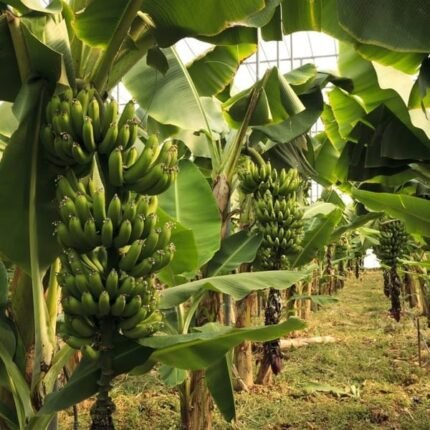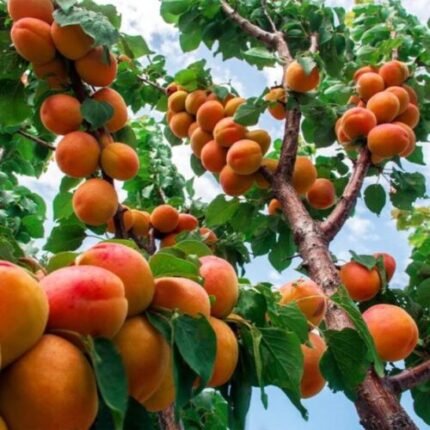-50%










₹799.00 Original price was: ₹799.00.₹399.00Current price is: ₹399.00.
Details:
The red banana plant, scientifically known as Musa acuminata ‘Red Dacca’, is a captivating tropical plant renowned for its striking reddish-purple fruit and lush green foliage. Originating from Southeast Asia, it is now cultivated globally, including India, the US, New Zealand, Australia, and the Pacific Islands.
No account yet?
Create an Account
Reviews
Clear filtersThere are no reviews yet.